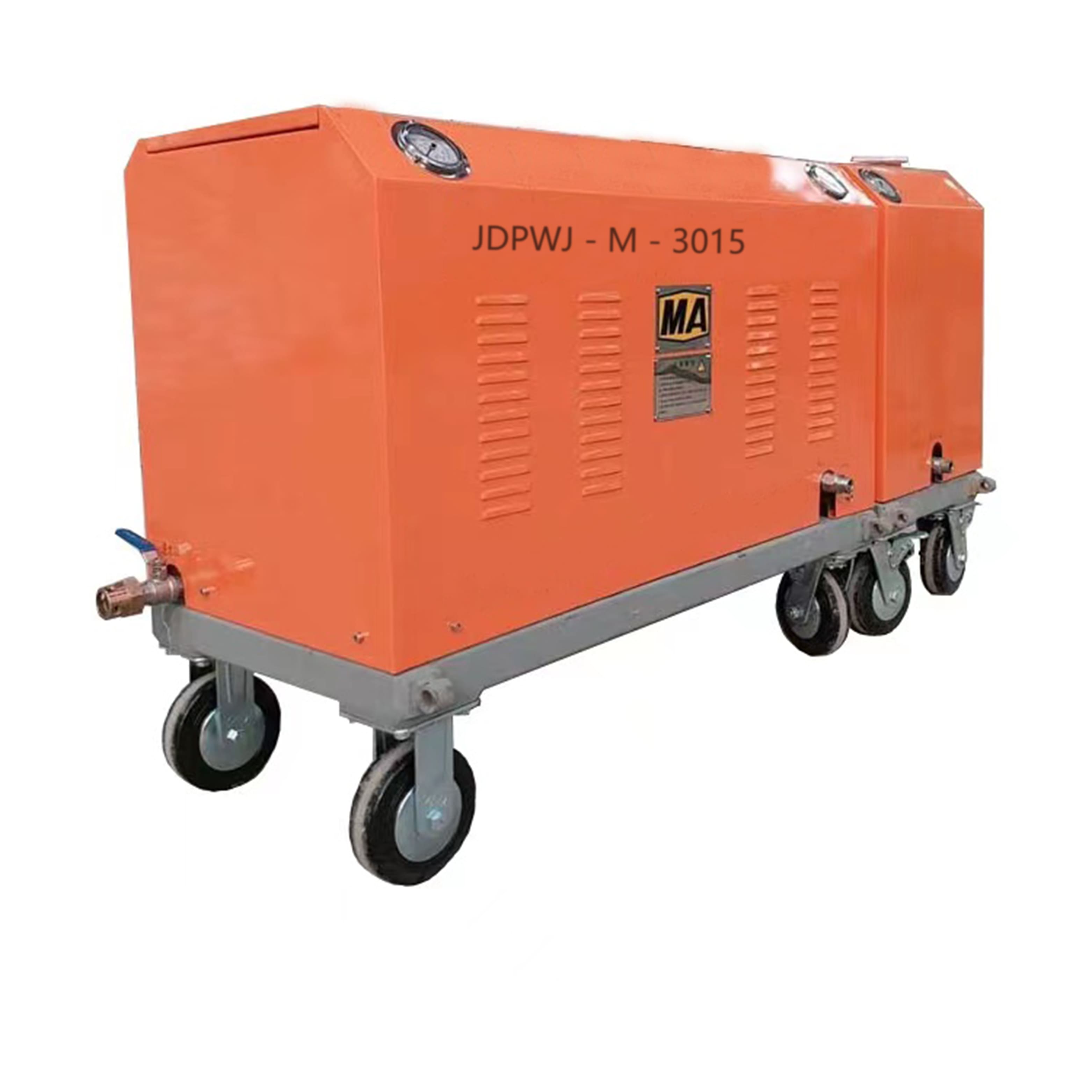News
UNDERSTANDING LASER BLASTING
2/9/2022
Laser blasting is an exciting new technology and understanding it’s strengths and weaknesses can benefit any contractor considering employing this method.
Laser Blasting Specialties:
Used for cleaning low grade thin surfaces.
Does not damage the blasting surface
Used mainly for after fires to clean soot off surfaces
STRENGTHS:
Laser blasting is appropriate for lightly rusted or thinly coated surfaces.
An example of its great competency is on thin aluminum.
The Aerospace parts industry frequently uses this technology because it cleans very fast and efficiently due to the laser transferring energy onto the surface.
FIRE DAMAGE: Laser blasting is mainly used for cleaning. One of its main applications is to remove the soot, after a fire, without damaging the stone. Alternative techniques such as Bicarb and sponge can also be used but they can’t compete with the true effectiveness of the laser blaster. Even though laser blasting may take longer, due to its precision, it flawlessly succeeds with no damage to the substrates.
A prime example of needing to clean while preserving the underlying surface is the 2019 Notre Dame Cathedral fire. With damage done to such a famous religious icon a laser blaster would be the perfect tool to clean the irreplaceable relics.
Another successful laser blasting scenario is within the train stations of Washington, DC. Where the subway tiles are polluted with soot. Authorities don’t want released contaminants or abrasives falling onto the tracks, and so traditional blasting methods won’t work here. Laser blasting allows the soot to be burned off with any resulting fumes simply removed through an extraction process.
WEAKNESSES:
Laser blasting is more for cleaning than actual heavy-duty corrosion removal because it simply doesn’t provide the pressure and power needed to clean heavily corroded surfaces. If you tried to remove a thick paint you would most likely start a fire because the laser would not be able to penetrate through the material and would likely burn and ignite the paint resulting in a fire.
Another problem occurs when using a laser to remove toxic contaminants – namely releasing lethal gas. Even if collected in a dust collector the dust is still lethal and must be disposed of properly. The laser is not magical and cannot just make the material disintegrate into nothing. It turns into smoke and therefore it does not work for thicker materials as it must burn these materials – which can result in toxic fumes.
The laser blaster also does not provide a surface profile which may create problems if the project requires repainting the surface.
There you have it. Again, here’s a quick summary of the applications ideal for laser blasting… for all other scenarios, traditional methods are recommended.

Laser Blasting Specialties:
Used for cleaning low grade thin surfaces.
Does not damage the blasting surface
Used mainly for after fires to clean soot off surfaces
STRENGTHS:
Laser blasting is appropriate for lightly rusted or thinly coated surfaces.
An example of its great competency is on thin aluminum.
The Aerospace parts industry frequently uses this technology because it cleans very fast and efficiently due to the laser transferring energy onto the surface.
FIRE DAMAGE: Laser blasting is mainly used for cleaning. One of its main applications is to remove the soot, after a fire, without damaging the stone. Alternative techniques such as Bicarb and sponge can also be used but they can’t compete with the true effectiveness of the laser blaster. Even though laser blasting may take longer, due to its precision, it flawlessly succeeds with no damage to the substrates.
A prime example of needing to clean while preserving the underlying surface is the 2019 Notre Dame Cathedral fire. With damage done to such a famous religious icon a laser blaster would be the perfect tool to clean the irreplaceable relics.
Another successful laser blasting scenario is within the train stations of Washington, DC. Where the subway tiles are polluted with soot. Authorities don’t want released contaminants or abrasives falling onto the tracks, and so traditional blasting methods won’t work here. Laser blasting allows the soot to be burned off with any resulting fumes simply removed through an extraction process.
WEAKNESSES:
Laser blasting is more for cleaning than actual heavy-duty corrosion removal because it simply doesn’t provide the pressure and power needed to clean heavily corroded surfaces. If you tried to remove a thick paint you would most likely start a fire because the laser would not be able to penetrate through the material and would likely burn and ignite the paint resulting in a fire.
Another problem occurs when using a laser to remove toxic contaminants – namely releasing lethal gas. Even if collected in a dust collector the dust is still lethal and must be disposed of properly. The laser is not magical and cannot just make the material disintegrate into nothing. It turns into smoke and therefore it does not work for thicker materials as it must burn these materials – which can result in toxic fumes.
The laser blaster also does not provide a surface profile which may create problems if the project requires repainting the surface.
There you have it. Again, here’s a quick summary of the applications ideal for laser blasting… for all other scenarios, traditional methods are recommended.


professional firm engaged in the research, development, sale, and service of Steel Shot, Steel Grit, sandblaster, sandblasting machine, garnet sand. We are located in Jinan with convenient transportation access. .
Quick links
Products Structure
Our Contacts
No.365 ,The Second Jing Road ,Huaiyin District, Jinan City ,Shandong Province ,China
0086-531-82020205
+0086-15806668333

